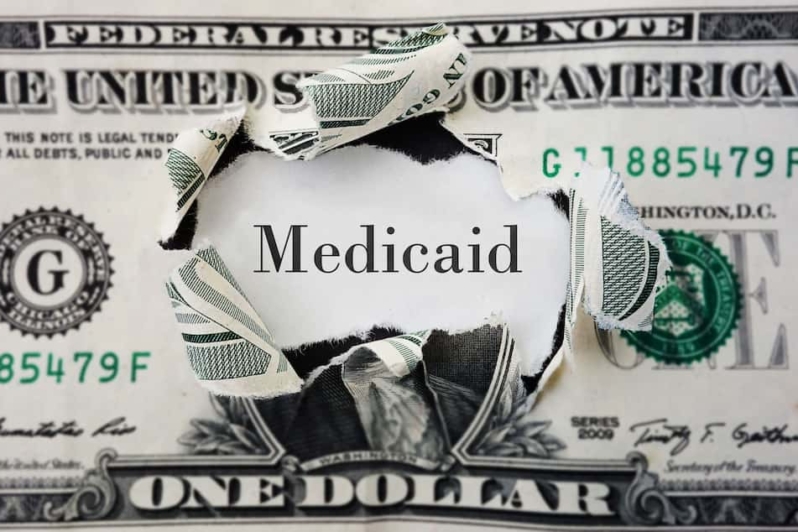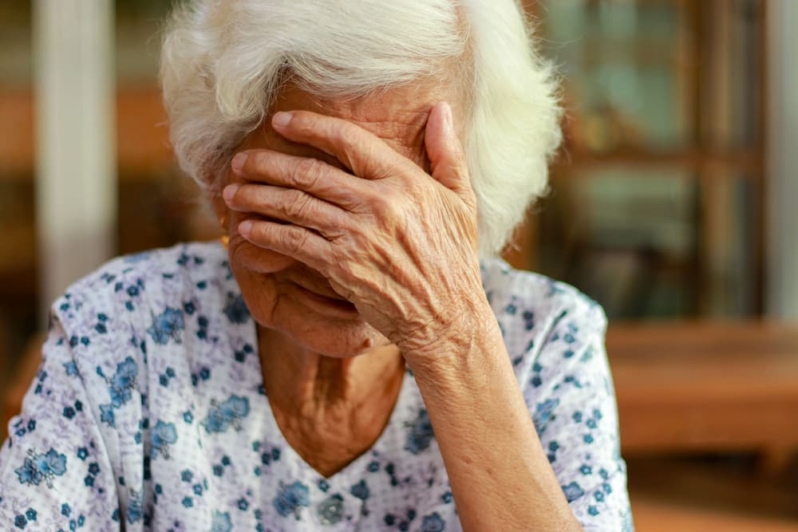Learning from Terri Schiavo Case
If you’re of a certain age, you probably remember the Terri Schiavo case: in 1990, Mrs. Schiavo suddenly lost consciousness and slipped into a persistent vegetative state. She was only 26 years old and, like many other young people, did not have a Living Will or other Advanced Healthcare Directive outlining her wishes regarding medical treatment. Terri’s husband, Michael, was named her healthcare decision-maker per Florida law and, after nearly 8 years of unsuccessfully attempting to rehabilitate Terri, he chose to end the life-sustaining treatment that she was receiving.
Posted on November 26, 2018

While Terri’s husband had the legal authority to make decisions on her behalf, Terri’s family intervened at this point, arguing that, because she didn’t have a Living Will, her wishes regarding end-of-life care were an open question. This sparked a 7 year court battle where 20 different judges were asked to decide some aspect of Terri’s case. Ultimately, Terri’s husband prevailed and Terri passed away in March of 2005. An examination of Terri’s body revealed that she had suffered severe trauma to her brain and neurological system and that, realistically, there was no hope of recovery.
Admittedly, the Schiavo case is far more complex than we’ve outlined here, but two things are clear: first, while her family was, ostensibly, fighting over what was in her best interest, Terri was confined to a hospital bed for 15 years. We don’t know the degree of Terri’s suffering during this ordeal but it’s fair to say that her quality of life was non-existent. Second, if Terri had executed a Living Will and a Healthcare Proxy that clearly described who she wanted to make medical decisions on her behalf, and what her care priorities were, this situation could have been avoided.
Estate Planning Can Ensure Your Healthcare Wishes Are Respected
Like Terri, there may suddenly come a time when you are unable to make key decisions regarding your medical care. These are vulnerable moments and nothing should be left to chance. So, no matter your age, we would strongly recommend you have both a Healthcare Proxy and a Living Will in place. These documents, while distinct, work together. Here’s how:
Healthcare Proxy
A Healthcare Proxy is an estate planning document that empowers a chosen representative to make healthcare decisions for you in the event you are unable to do so. This document only goes into effect if you are incapacitated, whether temporarily or permanently. So long as you are able to make decisions regarding your treatment, you remain in control. Who you select is up to you but don’t be afraid to think beyond the obvious choices. Ideally, your healthcare proxy isn’t just someone you trust but also has the dedication and assertiveness to advocate for you when you need it most.
Living Will
A Living Will is a guide for your healthcare proxy, outlining how you would have them handle a range of medical situations. While Living Wills generally address end-of-life decisions, you can incorporate other instructions based on your needs and preferences. The more information you provide, and the more scenarios you plan for, the likelihood that you’ll be cared for in precisely the manner you envision increases.
The Lessons
While the Terri Schiavo case is instructive on many levels, it’s hard to ignore the fact that this happened to a woman in her mid-twenties. Also, while the details of her case are extraordinary, the fact that Terri hadn’t formally spelled out her healthcare wishes is anything but. For example, nearly 70% of young people don’t have a Living Will. This isn’t surprising: young, healthy people are primarily focused on other things, like building a career or starting a family. But, as the Terri Schiavo case demonstrates, planning for the future shouldn’t be put off until tomorrow, no matter how young you are.
More from our blog…
What You Should Know About Long-Term Care
Research shows that roughly one in seven adults aged 65 or older will need long-term care at some point in their later years. Meanwhile, tens of millions [...]
Understanding Medicaid: What Does Medicaid Cover?
In the complex and frequently changing landscape of health care in the United States, Medicaid stands out as a vital program. Since 1965, it has [...]
Elder Financial Abuse: How an Elder Law Attorney Can Help
Elder financial abuse is a significant issue affecting many older adults nationwide. It involves someone exploiting or misusing an older person’s finances or assets for [...]
Does Medicare Cover Prescription Weight Loss Drugs?
Americans have a growing appetite for prescription drugs such as Ozempic, Wegovy, and Mounjaro. Originally developed to treat Type 2 diabetes, they are now exploding [...]
Recent blog posts

FREE WEBINAR
5 Things to Know About
Estate Planning
When You Turn Sixty-Five





